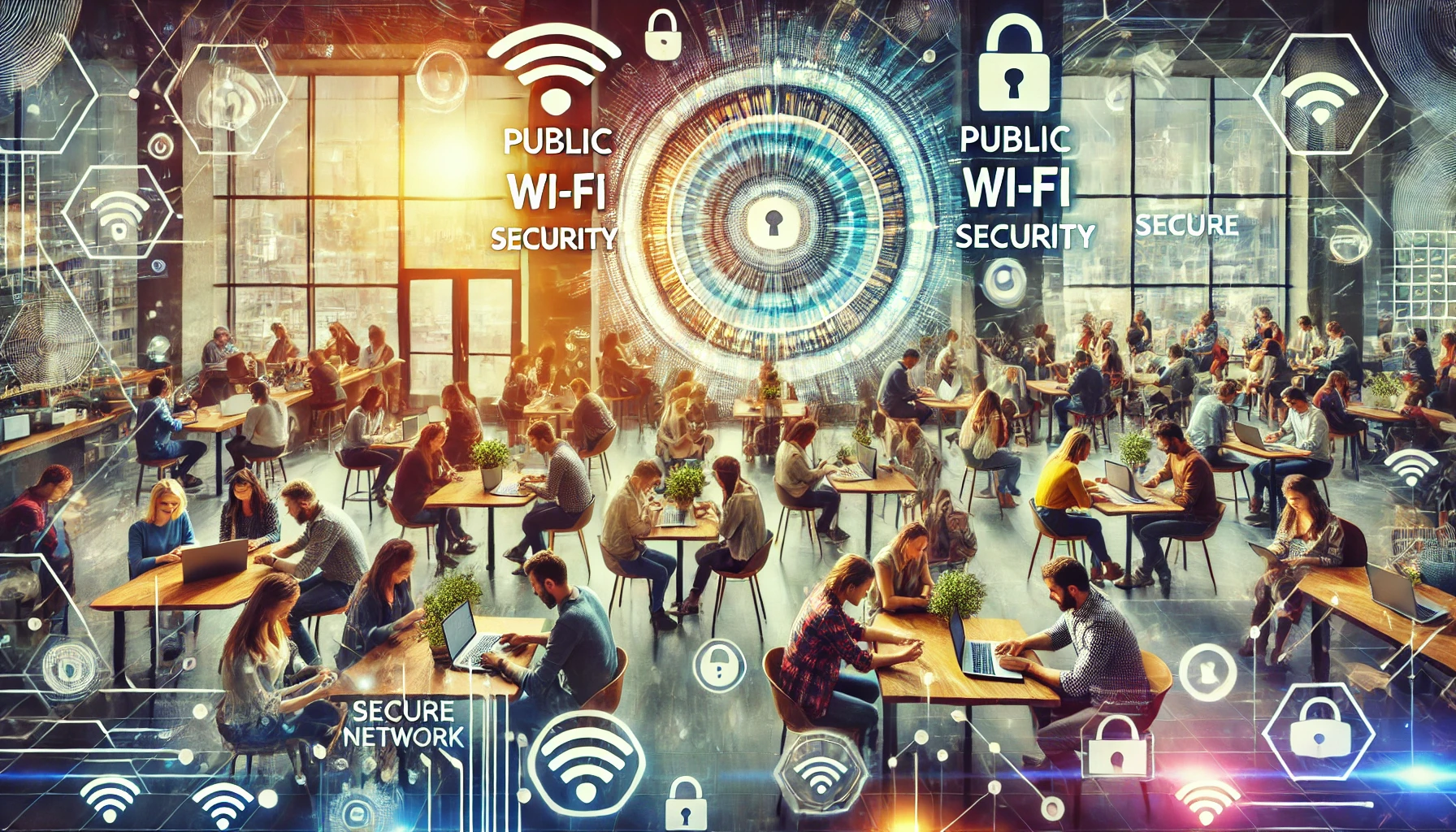Cybersecurity in the Energy Sector: Protecting Critical Infrastructure
Cybersecurity in the Energy Sector: Protecting Critical Infrastructure As the energy sector becomes increasingly digitized and interconnected, the importance of cybersecurity in safeguarding critical infrastructure cannot be overstated. With power plants, smart grids, and other energy systems relying on computerized controls and networked devices, they become vulnerable targets for cyber threats. From nation-state actors to…
Read morePOSTED BY
Okan YILDIZ
Securing the Supply Chain: Strengthening Cybersecurity for a Resilient Future
Securing the Supply Chain: Strengthening Cybersecurity for a Resilient Future As the digital landscape continues to evolve, so does the complexity and sophistication of cyber threats. One area that requires particular attention is supply chain cybersecurity. In an interconnected world, organizations are heavily reliant on suppliers, partners, and third-party vendors, making their supply chain a…
Read morePOSTED BY
Okan YILDIZ
Understanding the Intricacies of DNS: A Dive into its Working and Significance
In an increasingly digitized world, our lives revolve around the internet. From browsing websites to sending emails, the internet has become our primary source of information and communication. But, have you ever wondered how your computer knows where to find the website you’re looking for? The answer lies in the magic of the Domain Name…
Read morePOSTED BY
Secure Debug
Top 50 Essential Linux Commands for Cybersecurity
Welcome to Secure Debug, your trusted partner in cybersecurity. Today, we are going to discuss the top 50 essential Linux commands you should know to enhance your cybersecurity skills. Whether you’re a seasoned professional or just starting, understanding these commands will provide a solid foundation for your Linux journey. From maintaining file systems to managing…
Read morePOSTED BY
Secure Debug
Intrusion Prevention Systems (IPS): A Crucial Component for Cybersecurity
Introduction: Intrusion Prevention Systems (IPS) are essential security solutions designed to identify and prevent cyberattacks in real-time. This blog post will explore what IPS is, its key features, and how it contributes to the overall cybersecurity strategy of an organization. Understanding Intrusion Prevention Systems: An Intrusion Prevention System (IPS) is a network security device that…
Read morePOSTED BY
Secure Debug
Security Operation Centers: The Front Line of Cyber Defense
Introduction: In the ever-evolving landscape of cyber threats, organizations of all sizes face increasing challenges to protect their digital assets and infrastructure. Security Operation Centers (SOCs) have emerged as a critical component of an effective cybersecurity strategy. In this blog post, we’ll explore the key aspects of SOCs, their benefits, and how to build a…
Read morePOSTED BY
Secure Debug
Threat Modelling: Understanding the Key Components
Threat Modelling: Understanding the Key Components Threat modelling is a process that involves systematically identifying and mitigating potential security risks in software applications or systems. This process involves breaking down a system into its key components and analyzing them for potential vulnerabilities. By doing so, organizations can better understand the risks they face and develop…
Read morePOSTED BY
Secure Debug
DDoS Attack Prevention Strategies
Distributed Denial of Service (DDoS) attacks are among the most common and devastating cyber attacks that organizations face. In a DDoS attack, a network or website is flooded with traffic from multiple sources, causing it to become unavailable to users. DDoS attacks can be carried out using botnets, which are networks of infected computers that…
Read morePOSTED BY







